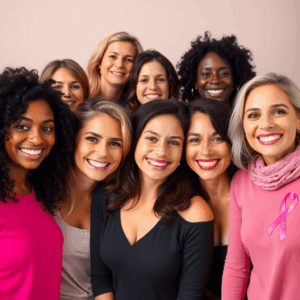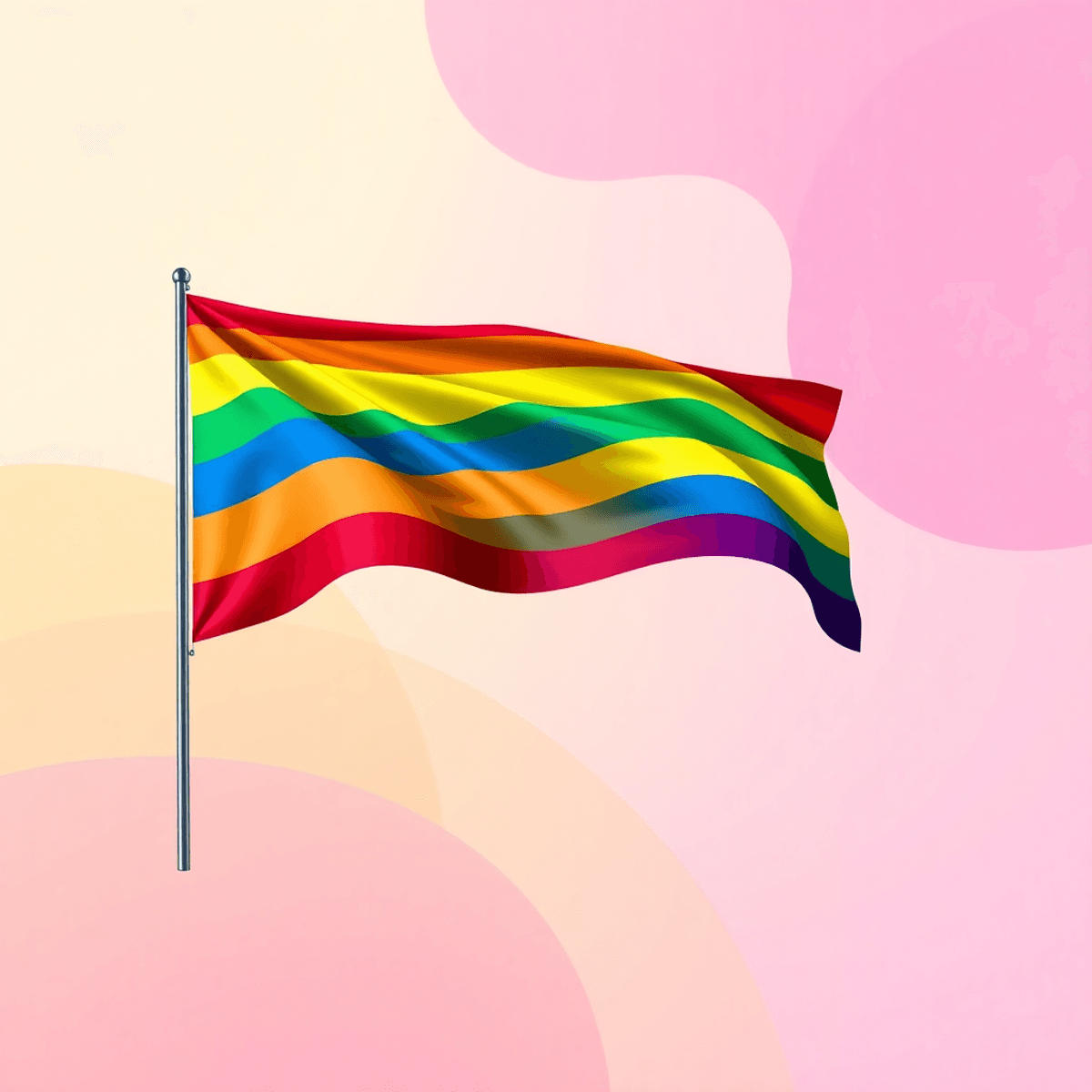Understanding the sexual orientation demographics is crucial in shaping inclusive policies and fostering community support. Sexual orientation includes a wide range of identities, so it’s important to understand the different aspects of this spectrum. In discussions about these demographics, people often ask, “Are there more gay men or lesbian women?”
But measuring sexual orientation is complicated because it can change over time and relies on individuals to report their own identity. Cultural stigma and personal biases also make it difficult to collect accurate data, resulting in differences in reported statistics.
This article explores these complexities by looking at the definitions of sexual orientation, the challenges faced in demographic research, global trends, and regional differences. We want to find out if there are actually more gay men than lesbian women by comparing different factors such as societal influences and potential biases. We will also discuss how this information can impact support and resources for the LGBTQ+ community, highlighting the need for targeted outreach initiatives.
Understanding Sexual Orientation
Understanding sexual orientation involves exploring a complex interplay of various factors. At its core, sexual orientation refers to the pattern of emotional, romantic, or sexual attraction one feels toward men, women, both, or neither. This concept extends beyond mere physical attraction to encompass emotional connections and the ways individuals relate to others.
Self-Identification vs. Reported Experiences
A significant aspect of sexual orientation is self-identification—how individuals perceive and describe their own sexuality. This can differ from reported experiences or attractions. For instance, some may engage in same-sex activities without identifying as homosexual or bisexual. Such disparities highlight the nuanced nature of sexual orientation.
Identity versus Experience
The distinction between identity and experience is crucial. While some people identify strictly according to societal labels such as “gay,” “lesbian,” or “bisexual,” others might have experiences that don’t align with these categories. These differences speak to the diverse ways individuals navigate and understand their own sexuality.
The Spectrum of Sexual Orientation
Rather than viewing sexual orientation as a binary concept, consider it a spectrum:
- Heterosexuality: Attraction exclusively to individuals of the opposite sex.
- Homosexuality: Attraction exclusively to individuals of the same sex.
- Bisexuality: Attraction to both sexes, though this can manifest in varying degrees and intensities.
This spectrum offers a more inclusive framework for understanding the myriad ways people experience attraction.
Fluidity of Sexual Orientation
Sexual orientation can be fluid rather than fixed over time. Some individuals may find their attractions shifting throughout their lives, influenced by personal growth, cultural context, or other factors. This fluidity underscores the importance of embracing a non-linear view of sexuality that respects each person’s unique journey.
Research Challenges in Measuring Demographics
Understanding the demographics of sexual orientation is fraught with challenges due to various factors. Research sensitivity plays a significant role, as the topic can be deeply personal and sensitive for many individuals. This sensitivity often leads to self-reporting biases, where respondents may not fully disclose their true sexual orientation due to fear of judgment or societal stigma.
Cultural stigma significantly affects self-reporting, as individuals may feel pressured to conform to societal norms. Such pressures can distort data, with individuals underreporting same-sex attractions or experiences. Personal biases further complicate this scenario, as some may deny or misrepresent their orientation even in anonymous surveys.
To navigate these challenges, researchers employ diverse survey methodologies aimed at capturing more accurate data. These methodologies include:
- Anonymous online surveys: These can reduce the fear of exposure, encouraging more honest responses.
- Mixed-method approaches: Combining quantitative and qualitative methods provides a fuller picture by capturing both numerical data and personal narratives.
- Longitudinal studies: Tracking individuals over time helps understand changes in self-identification and experiences.
Each methodology has its strengths and weaknesses, often tailored to specific cultural contexts or research goals. Despite these efforts, the complexities of sexual orientation continue to pose significant hurdles for researchers seeking accurate demographic insights.
Global Trends in Sexual Orientation Demographics
Understanding global trends in sexual orientation demographics involves examining the prevalence rates across different cultures. In Western societies, data shows a predominant trend towards heterosexuality:
- 93% of men and 87% of women identify as completely heterosexual.
- Only 2% of men and 0.5% of women identify as completely homosexual.
These statistics highlight the significant difference between male and female identification rates, raising the question: Are there more gay men or lesbian women? Research indicates there are generally more gay men than lesbian women, but this can vary depending on regional and cultural contexts.
In many regions, societal norms and cultural influences play a crucial role in how individuals report their sexual orientation. The distinctions in identification rates between genders might be attributed to these factors, as well as differences in societal acceptance and personal willingness to self-disclose.
The predominance of heterosexuality is a common thread across most Western cultures, yet nuances exist. These subtle variations underscore the complexity of accurately capturing sexual orientation demographics across diverse populations. Understanding these patterns is essential for addressing the unique needs within the LGBTQ+ community globally.
Regional Variations in Data Collection Methods and Results
Different regions use different methods to collect data on sexual orientation, which leads to different results. For example, an Australia study found that 4.1% of men and 2.8% of women identify as homosexual. On the other hand, a Brazilian survey showed that male internet users are twice as likely to identify as gay or bisexual compared to females. These differences highlight how cultural contexts can affect data collection and reporting.
The Role of Cultural Norms and Societal Acceptance
Cultural norms and societal acceptance play a crucial role in how individuals choose to identify. In societies where LGBTQ+ identities are less stigmatized, people may feel more comfortable openly identifying as gay or lesbian. Conversely, in regions with strong cultural taboos against homosexuality, individuals might be less likely to report same-sex attractions or experiences.
Importance of Understanding Regional Variations
Understanding these regional variations is essential for interpreting demographic data accurately. Acknowledging the influence of cultural contexts helps to explain why certain populations might appear larger or smaller than they truly are based solely on self-reported data. By considering these factors, researchers and policymakers can better address the unique needs and challenges faced by gay men and lesbian women in different parts of the world.
Comparative Analysis: Gay Men vs. Lesbian Women Populations
Research consistently points to a higher prevalence of gay men compared to lesbian women. Various studies and surveys have shown that men are more likely to identify as exclusively homosexual than women, who often exhibit more fluidity in sexual orientation. For instance, statistics from Western cultures reveal that approximately 2% of men identify as completely homosexual, while only about 0.5% of women do the same.
Several societal factors influence these orientation disparities:
Cultural Norms and Expectations: Societal norms often exert pressure on individuals regarding acceptable gender roles and behaviors, potentially impacting self-identification rates among gay men and lesbian women.
Visibility and Representation: Historically, male homosexuality has been more visible in media and society, possibly leading to higher self-identification rates among men. Lesbian representation has seen less exposure, which might contribute to lower identification rates.
Economic and Social Factors: Economic independence can play a role in the willingness to openly identify as homosexual. In some societies, women may face additional barriers due to economic dependency or social pressures.
These elements underscore the complexity of understanding sexual orientation demographics and highlight the need for nuanced research approaches.
For those looking for a supportive community or dating opportunities within the lesbian population, platforms like Taimi offer valuable resources and connections.
Implications for LGBTQ+ Community Support and Resources
Understanding the demographic differences between gay men and lesbian women can significantly influence community support initiatives. By recognizing the prevalence of one group over another, resources can be allocated more effectively to address specific needs, such as supporting LGBTQ mental health.
Targeted Outreach Programs
Given the generally higher number of gay men compared to lesbian women, outreach programs can be tailored to ensure both populations receive adequate support. These programs may include:
- Counseling services that cater specifically to each group’s unique challenges.
- Social events that foster a sense of community and belonging.
- Educational workshops focusing on issues pertinent to either demographic, similar to those offered by organizations like LGBTQ Colorado.
Resource Allocation
Identifying discrepancies in population size helps in distributing resources efficiently, ensuring neither group is overlooked. This approach promotes a balanced support system where both gay men and lesbian women feel equally represented and supported.
Engaging with these demographics through informed strategies creates a more inclusive environment, enhancing the effectiveness of community support frameworks. Additionally, implementing tailored educational initiatives, such as supporting LGBTQ students in schools, can further enhance understanding and acceptance within the broader community.
Conclusion
Understanding whether there are more gay men or lesbian women is a complex question influenced by various factors such as culture and how surveys are conducted. The summary findings suggest a general trend of more gay men compared to lesbian women. However, there are still gaps in knowledge, highlighting the need for future research directions to refine our understanding of sexual orientation demographics.
To bridge these knowledge gaps, it’s essential to advocate for continued research efforts that utilize inclusive and culturally sensitive methodologies. Engaging in such endeavors not only enriches our comprehension but also ensures that policies and initiatives are responsive to the diverse needs within the LGBTQ+ community.
Supporting inclusive policies is crucial. By doing so, readers can contribute to a society that recognizes and respects the varied identities within the LGBTQ+ spectrum, fostering environments where everyone feels valued and understood.
FAQs (Frequently Asked Questions)
Are there more gay men or lesbian women?
Research indicates that there are generally more gay men than lesbian women, although the exact numbers can vary based on cultural contexts and methodologies used in surveys.
What challenges do researchers face in measuring sexual orientation demographics?
Researchers encounter difficulties such as self-reporting biases, cultural stigma, and varying survey methodologies, which can affect the accuracy of data on sexual orientation.
How is sexual orientation defined?
Sexual orientation refers to an individual’s pattern of emotional, romantic, or sexual attraction to others. It encompasses a spectrum that includes heterosexuality, homosexuality, and bisexuality.
What are the implications of understanding demographic differences for LGBTQ+ community support?
Understanding demographic differences is crucial for informing community support initiatives. It helps in tailoring outreach programs that address the specific needs of both gay men and lesbian women.
How does cultural context influence identification rates among gay men and lesbian women?
Cultural context plays a significant role in how individuals identify their sexual orientation. Different regions may have varying levels of acceptance, which can impact self-identification rates.
What future research directions are suggested regarding sexual orientation demographics?
Future research should focus on addressing existing gaps in knowledge about sexual orientation demographics, with an emphasis on inclusive policies and initiatives that cater to the diverse needs within the LGBTQ+ community.
Written by
Joshua Gonzales
You may also interested in:

What does the Bible say about lesbian women?
Explore what the Bible says about lesbian women, focusing on scripture, context, and distinctions between attraction and behavior.
Why are straight women obsessed with lesbian TikTok?
Explore why straight women are drawn to lesbian TikTok, from curiosity and identity to authentic connections and community support.
